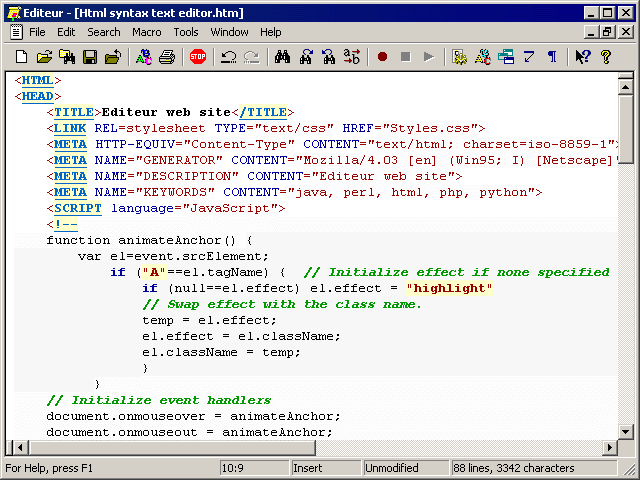
Briggs breaks down basic Web concepts so that we can maximize and take advantage of all the information the Web offers.
Key ideas:
- Internet is not synonymous with World Wide Web.
Internet: a network of connected computers that share information.
Web: a way of accessing information through the network. - RSS is a quick and efficient tool in obtaining information based on your personal interests.
- HTML, CSS and XML are markup languages that control how information is displayed and distributed on the Web.
- XML is a complement for HTML.
HTML Tutorial:
Key terms:
- Web server: a special type of computer that stores and distributes information over the Internet
- URL (Uniform Research Locator) or Web address: identifies which information to retrieve
- IP address (International Protocol): a unique, numeric identity of a Web-server location
- RSS (Real Simple Syndication): enables you to subscribe to any information feed that gets delivered directing to an RSS reader or Web browser
- FTP (File Transfer Protocol): a simple process for moving big files that e-mail cannot handle
- HTML codes: tell a Web browser how to display the text and where to include the graphics, audio or video
- CSS (Cascading Style Sheets): enables you to edit, modify and troubleshoot existing Web pages and designs
- XML (Extensible Markup Language): uses tags to describe what data is
